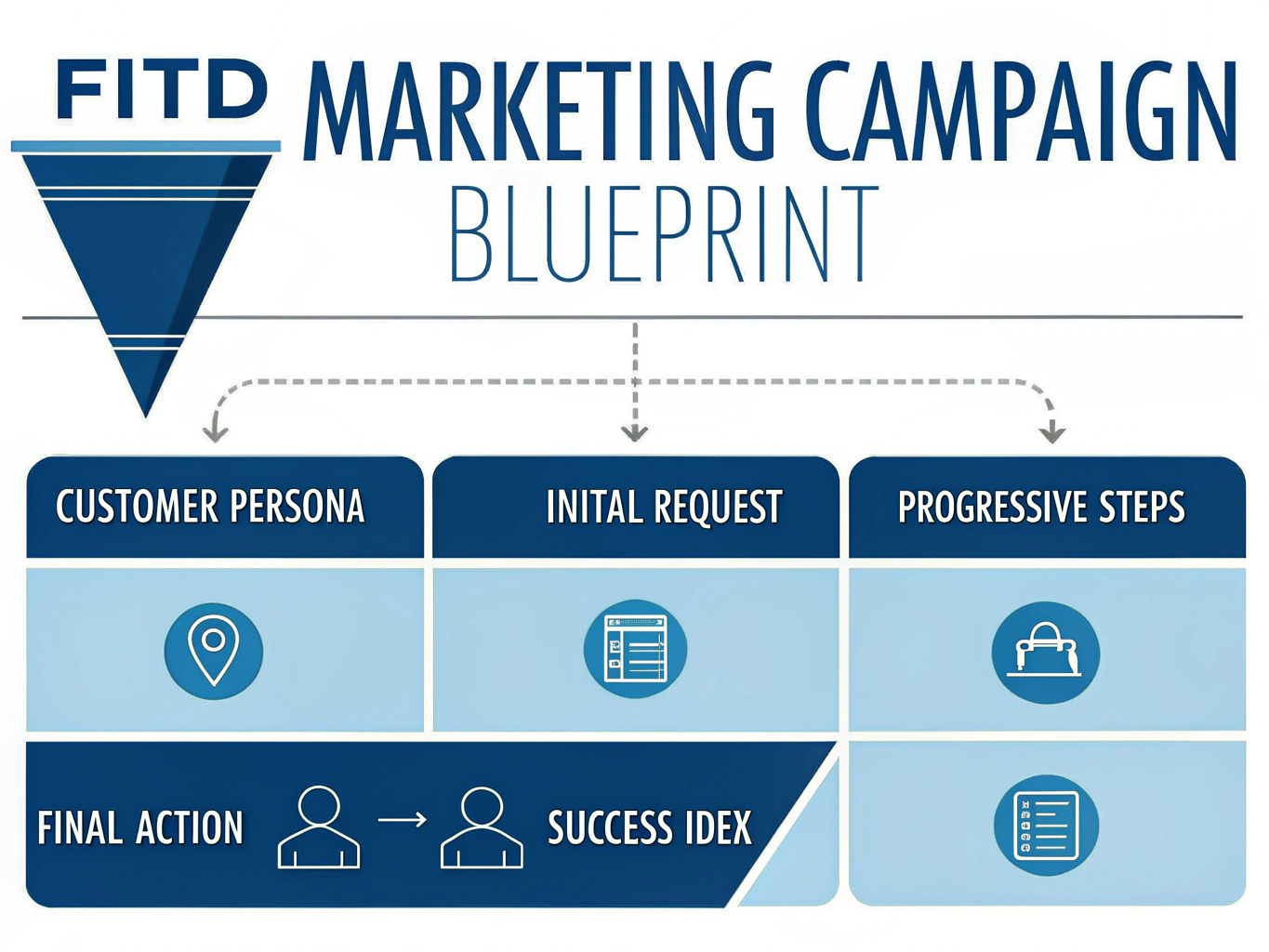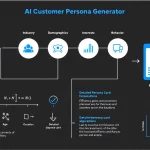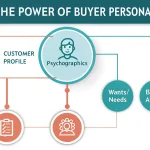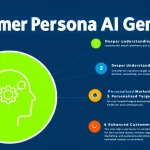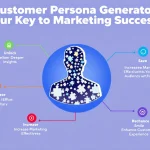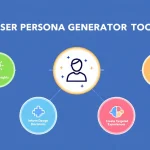Is this tool helpful?
How to Use the Foot-in-the-Door Marketing Campaign Generator Effectively
This tool helps you create step-by-step marketing funnels that guide your audience from small initial actions to larger commitments. Follow these steps to get the most from the generator:
-
Ideal Customer Persona Description: Describe your target audience’s profile, including demographics, interests, and behaviors.
Example input 1: “Tech-savvy millennials aged 22-30, living in metropolitan areas, interested in fitness and wearable devices.”
Example input 2: “Busy working parents aged 30-45, seeking time-saving home services and eco-friendly products.” -
Initial Small Request: Enter a simple, low-commitment action that your customers can complete easily.
Example input 1: “Sign up for a free recipe newsletter.”
Example input 2: “Take a short survey about your daily habits.” -
Desired Final Action: Define the ultimate goal you want customers to take at the end of your campaign.
Example input 1: “Enroll in a year-long personal coaching program.”
Example input 2: “Buy the complete set of eco-friendly kitchen products.” -
Product or Service Description: Provide a clear summary of what you offer.
Example input 1: “Subscription-based meal kit delivery with organic ingredients.”
Example input 2: “Mobile app for budgeting and expense tracking.” - Number of Campaign Stages: Specify how many steps the campaign will have between the initial and final requests (2-10 stages). If left blank, the default is 3 stages.
-
Communication Channels: List the channels you want to use for your campaign messages.
Example input 1: “Facebook Ads, newsletters, and SMS.”
Example input 2: “YouTube videos, LinkedIn posts, and blog articles.”
Introducing the Foot-in-the-Door Marketing Campaign Generator
This generator uses the psychology of gradual commitment to help you design marketing campaigns that move customers seamlessly from low-demand actions to larger purchases or engagements. It builds a clear roadmap of persuasive steps that increase trust, engagement, and ultimately, conversion rates.
By entering your customer profile, initial request, final goal, and other key details, the tool creates a tailored multi-stage plan that aligns messaging and actions to guide prospects effectively through your sales funnel.
Key Benefits of This Tool
- Boost Conversion Rates: By gradually increasing commitment, more prospects complete the desired final action.
- Streamline Campaign Planning: Structure your marketing efforts clearly with measurable stages and milestones.
- Optimize Resource Allocation: Focus your marketing budget and efforts on the most impactful steps.
- Maintain Consistent Messaging: The generator ensures your communication stays aligned from start to finish.
Practical Usage of the Foot-in-the-Door Campaign Generator
After submitting your inputs, the generator produces a campaign outline you can implement across your marketing platforms. Use this plan to:
- Create targeted messaging for each stage that resonates with your defined customer persona.
- Identify which communication channels to use at every phase for maximum reach and engagement.
- Track progress through each stage to monitor how prospects move closer to conversion.
- Customize the flow depending on your product, service, or audience segment.
Example Campaign Scenario: Online Language Course Launch
- Initial Request: “Download a free beginner’s vocabulary list.”
- Intermediate Steps: Attend a live Q&A session, complete a free trial lesson.
- Final Action: Enroll in a 12-week comprehensive language course.
Understanding Campaign Success Through Metrics
You can measure your campaign’s effectiveness using formulas like:
$$ P_{conversion} = P_{initial} \times \prod_{i=1}^{n} (1 + \Delta T_i) $$where:
- Pconversion = Final probability of conversion
- Pinitial = Probability of initial compliance
- (Delta T_i) = Increase in trust at stage i
- n = Number of stages
This shows how building trust at each step multiplies your chances of success. You can also calculate return on investment (ROI) as:
$$ ROI = \left(\frac{Revenue \times Conversion_{FITD}}{Campaign Cost}\right) – 1 $$Optimizing Your Campaign Budget
Allocate budgets effectively by weighting campaign stages based on importance:
$$ Budget_{stage} = Total\ Budget \times \left(\frac{Stage\ Priority}{\sum Priorities}\right) $$Adjust priorities by analyzing performance data and feedback to improve your campaign continually.
Tips for Managing Your Foot-in-the-Door Campaign
- Keep your branding consistent across all messaging to build familiarity and trust.
- Test different initial requests with segments of your audience to find what drives engagement best.
- Monitor timing between stages to maintain interest without causing fatigue.
- Use data analytics to track conversion rates and optimize messaging accordingly.
- Personalize content based on customer behavior and preferences at each stage.
Frequently Asked Questions About the Marketing Campaign Generator
How long should each stage of the campaign last?
Campaign stages often last between 1 to 4 weeks. B2B campaigns may take longer due to longer decision-making cycles, while B2C campaigns typically move faster.
What is the ideal number of stages for a FITD campaign?
Most successful campaigns use between 3 and 5 stages. This range balances customer engagement and progression without being overwhelming.
Can I adjust messaging to fit different communication channels?
Yes, the generated campaign outline provides flexible frameworks that you can customize for channels like email, social media, SMS, or webinars while keeping your core message consistent.
How do I evaluate the success of my campaign?
Track metrics such as stage-by-stage conversion rates, engagement levels, average time to convert, and customer lifetime value to measure performance accurately.
Should I create separate campaigns for different customer segments?
While the overall FITD strategy applies broadly, tailor your initial requests and stage progression to match the unique preferences and behaviors of each segment for better results.
Is this tool compatible with marketing automation platforms?
Yes, the outlines generated can be integrated into most marketing automation tools and CRM systems to create seamless campaigns.
What makes an effective initial request?
A good initial request is simple, quick to complete, low-risk, provides value, and relates clearly to your final conversion goal.
Important Disclaimer
The calculations, results, and content provided by our tools are not guaranteed to be accurate, complete, or reliable. Users are responsible for verifying and interpreting the results. Our content and tools may contain errors, biases, or inconsistencies. Do not enter personal data, sensitive information, or personally identifiable information in our web forms or tools. Such data entry violates our terms of service and may result in unauthorized disclosure to third parties. We reserve the right to save inputs and outputs from our tools for the purposes of error debugging, bias identification, and performance improvement. External companies providing AI models used in our tools may also save and process data in accordance with their own policies. By using our tools, you consent to this data collection and processing. We reserve the right to limit the usage of our tools based on current usability factors.
